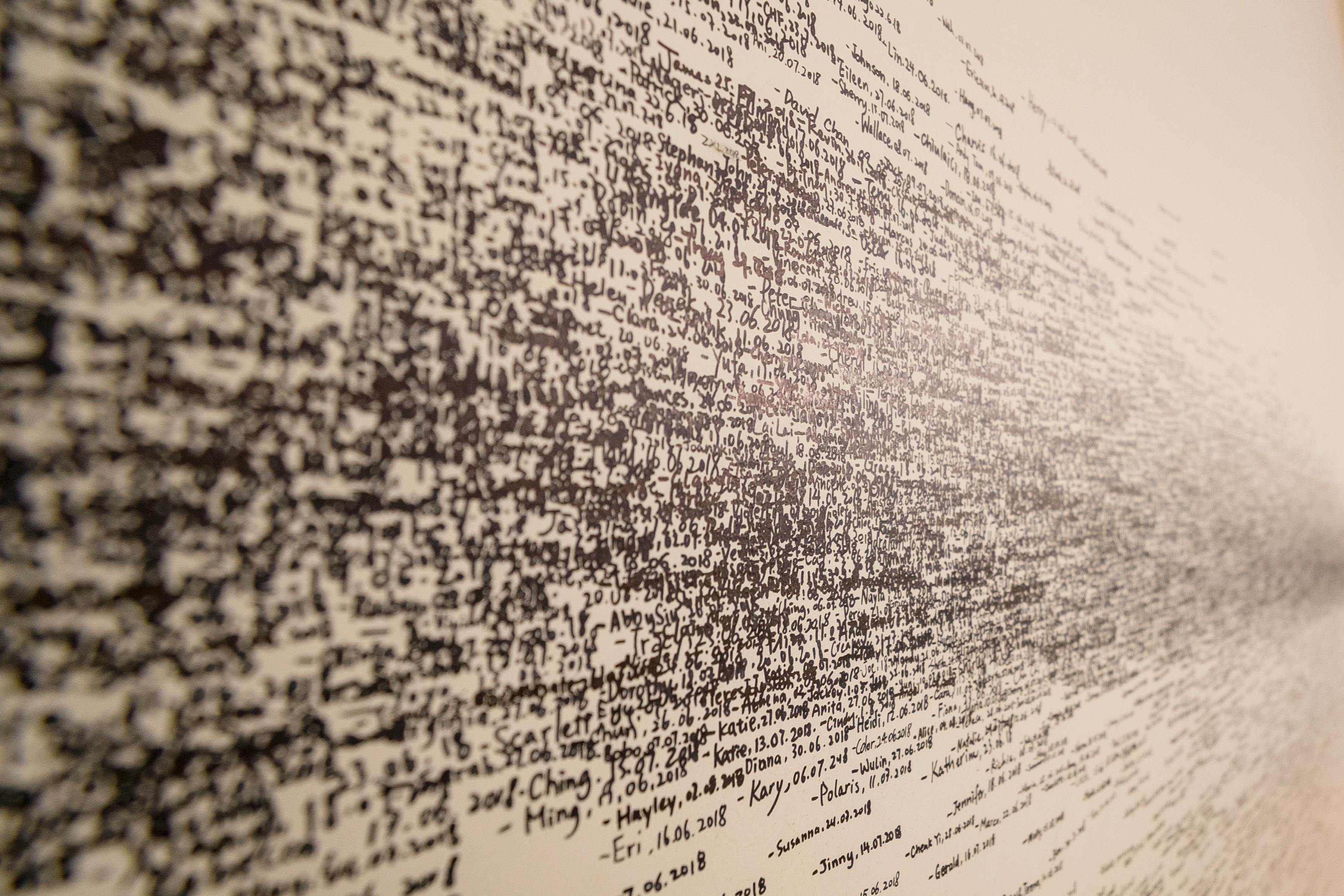Reconocimiento y clasificación de neologismos en la obra de Dante Medina
DOI:
https://doi.org/10.15167/1824-7482/pbfrm2023.2.2362Keywords:
neology, Dante Medina, morphologyAbstract
Our study focuses on the work of a Mexican writer: Dante Medina, who since 1972 has been unravelling cobwebs between lexemes and their linguistic units. In 2020 Medina's Novelas Completas Con juego en la lengua (1987-2017) was published; in the fourth volume, we append a Lexicographical Appendix obtained only from the author's sixteen novels -taking into account that Medina has more than a hundred published books-. The appendix does not have a definition of the neologism (like the dictionaries) but we have given it a different methodology and approach: we classify the word according to its appearance in the work and add the way in which it was used by the author, its context. This makes it possible for the reader to realise that the word is necessary to describe that environment. The neologisms that Dante Medina creates are composed and divided in different ways: those that are borrowed (a writer specialising in Romance Languages adopts words that only exist in another language in order to combine them and designate a new reality in the Spanish Language). Or those which are also found in his work and are by acronymy, in which the author takes the initials of different words. In his literature we find, in the same way, words made by parasynthesis, terms with which he combines the constitution and descent of another voice -at the same moment-; likewise, he has some by derivation: once he used a word, it will appear later as a result of it; he also conserves some by composition, which the writer restores from the fusion of two or more morphemes or lexemes (already previously existing in the language).
References
BARTHES, Roland: El susurro del lenguaje: "más allá de la palabra y la escritura", Barcelona, Biblioteca Piidos, 2017.
BALLESTEROS GONZÁLEZ, Antonio: La Estética de la transgresión. Revisiones críticas del teatro de vanguardia, Cuenca, Ediciones de la Universidad de Castilla-La Mancha, 2000.
FABRIL, A.: El giro lingüístico: hermenéutica y análisis del lenguaje, Madrid, Ediciones Acal, 2001.
FRANCO, Jean: Historia de la literatura hispanoamericana, Barcelona, Editorial Ariel, 1987.
FERNÁNDEZ ARIZA: Guadalupe: Literatura Hispanoamericana del siglo XX, imaginación y fantasía, Málaga, Universidad de Málaga, S. F.
HENRÍQUEZ UREÑA, Pedro: Las corrientes literarias en la América hispana, Ciudad de México, Fondo de Cultura Económica, 1949.
J. LANGOWSKY, Gerald: El surrealismo en la ficción hispanoamericana. “Los juegos surrealistas”. Madrid, Editorial Gredos, Biblioteca Románica Hispánica, 1982.
MEDINA, Dante: Con juego en la lengua Novelas Completas (1987-2017), Madrid, España / Colima, México, Amargord Ediciones / Puertabierta Editores, 2020. Responsable de la edición y del apéndice neológico Sandra Ruiz Llamas.
PAZ, Octavio: Obras completas, III, Ciudad de México, Fondo de Cultura Económica, 2002.
REAL ACADEMIA ESPAÑOLA DE LA LENGUA, Asociación de Academias de la Lengua, Diccionario panhispánico de dudas, Colombia, Editora Aguilar, 2005.
RULFO, Juan: Toda la obra, París, Ediciones Unesco, Edición Crítica, 1996. Claude Fell, Coordinador.
SUANCES-TORRES, Jaime. Instituto de Verbología Hispánica. Enlace: http://www.verbolog.com/4dantemed.htm
Downloads
Published
Versions
- 2025-01-14 (3)
- 2024-05-23 (2)
- 2024-05-23 (1)
Issue
Section
License
Copyright (c) 2024 Sandra Ruiz Llamas

This work is licensed under a Creative Commons Attribution-NonCommercial 4.0 International License.


